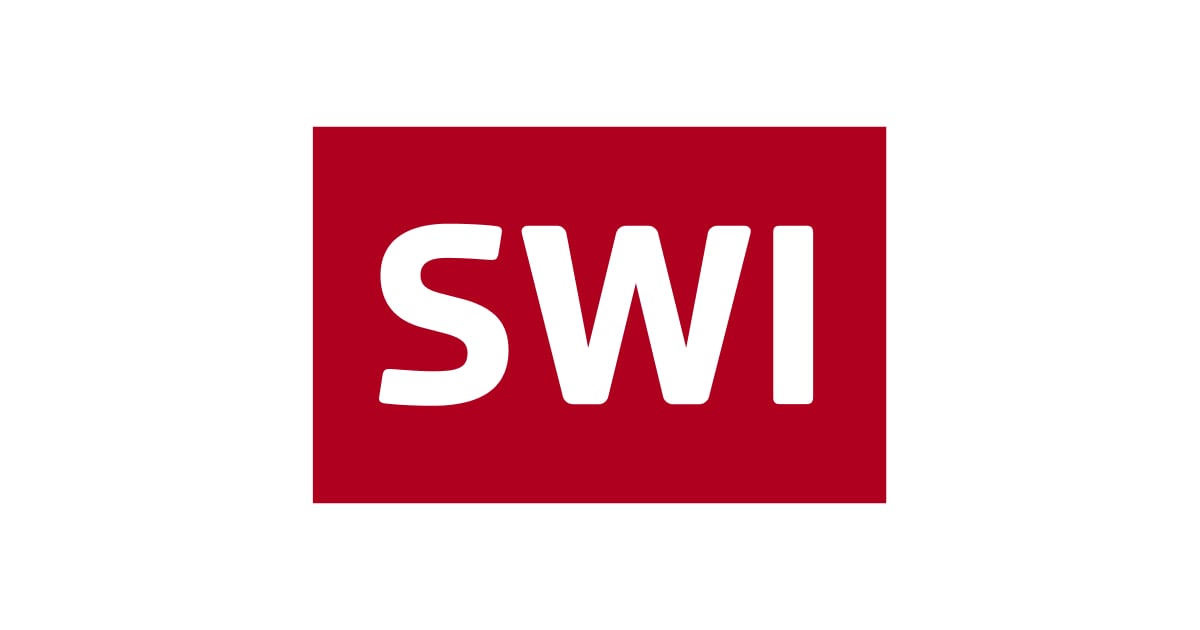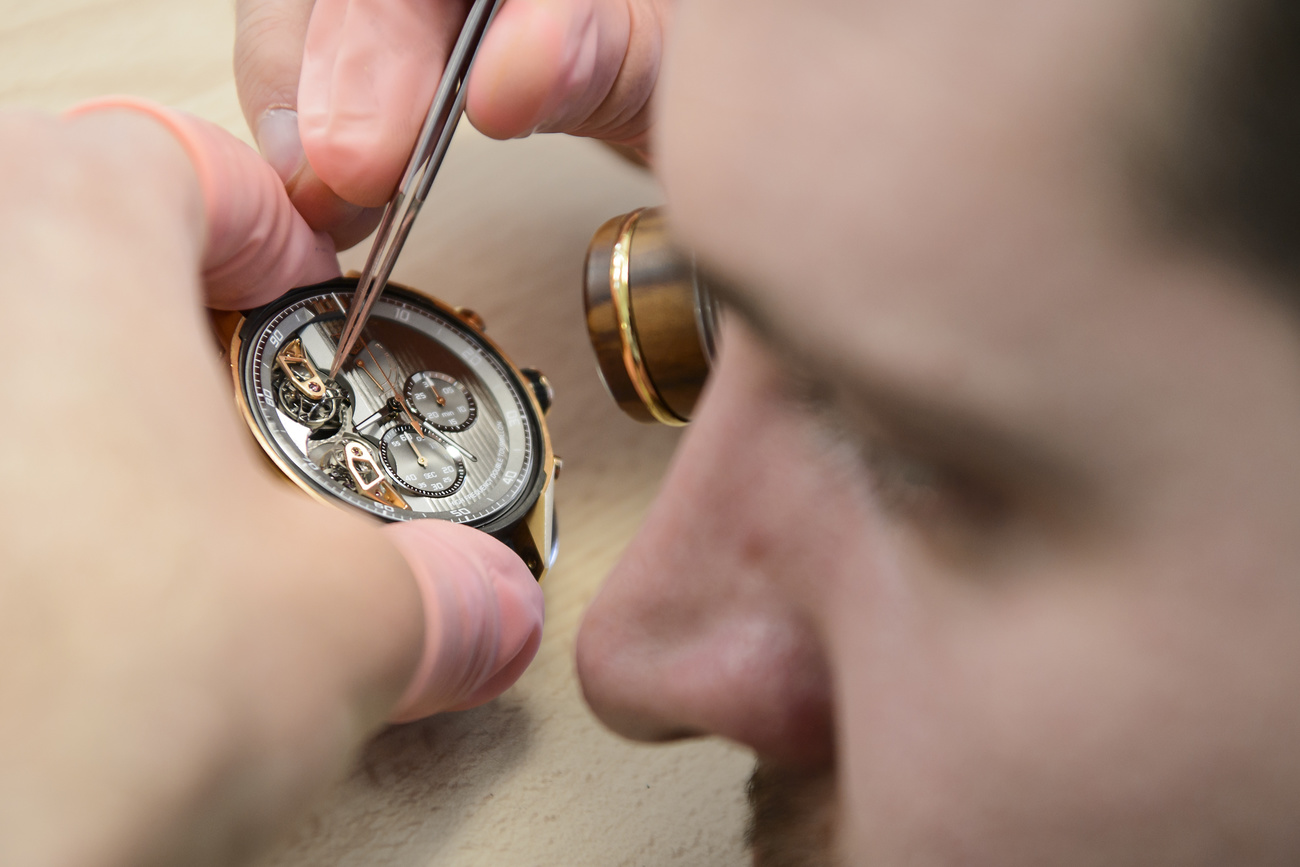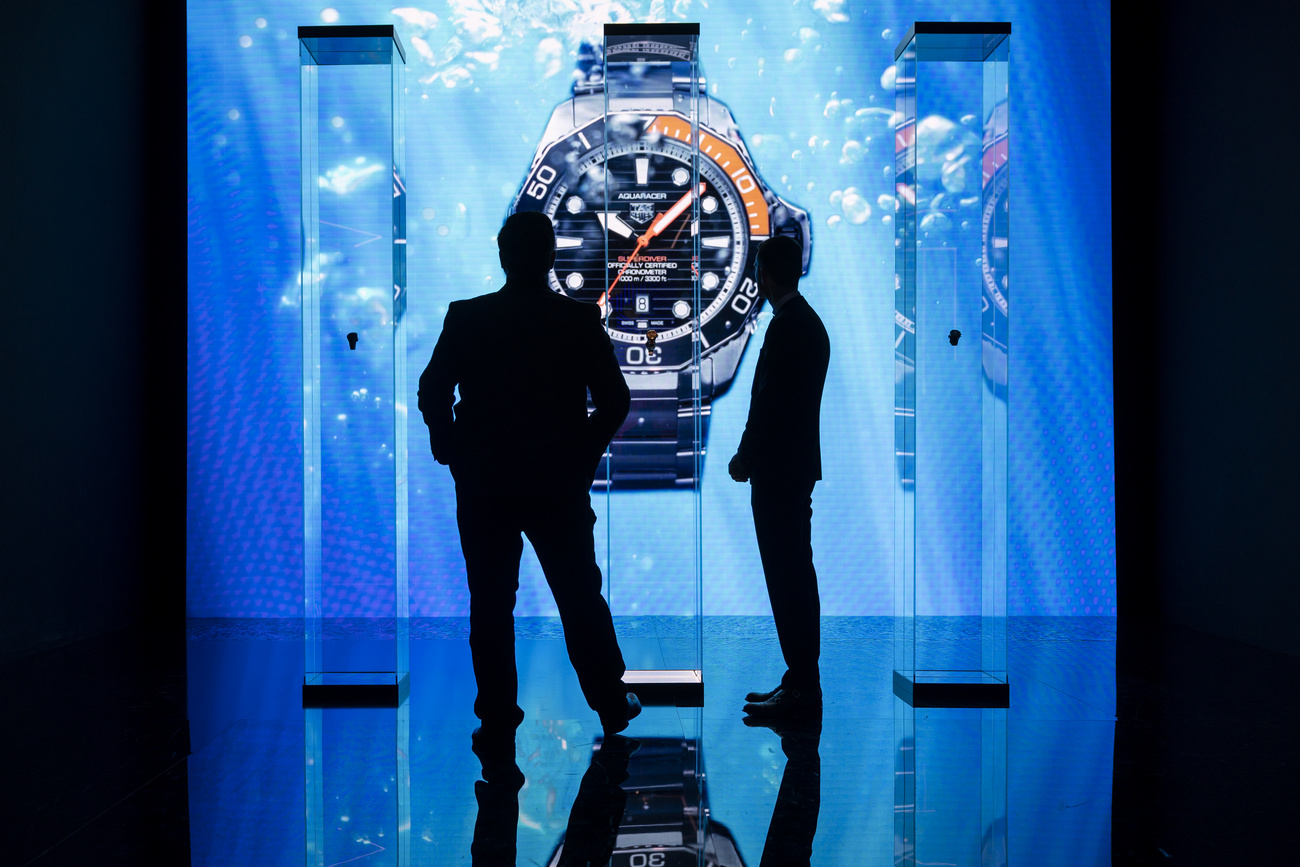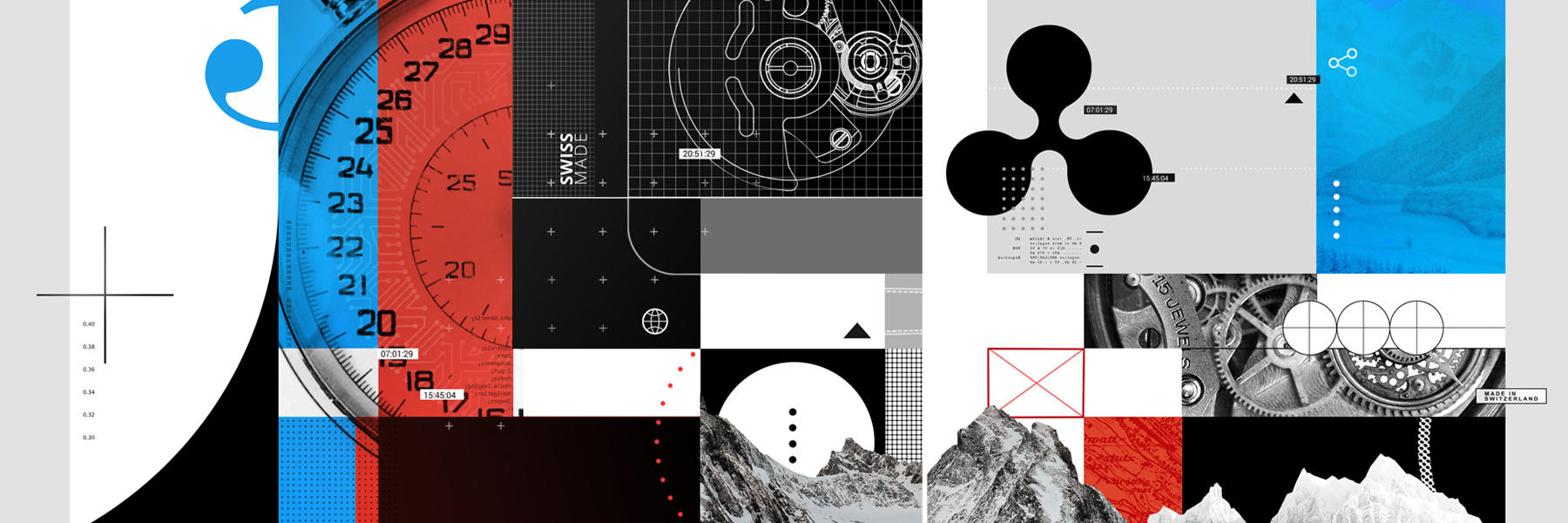‘Swatch has no competition’ in its Swiss-made watch segment

After a long decline that began in the mid-1990s, the Swatch brand is heading for record sales this year. The recovery is due to the launching of the “MoonSwatch” two years ago, but also to an industrial innovation that recently celebrated its tenth anniversary.
In several economic sectors, Swiss firms enjoy a worldwide reputation for high-priced top-quality products. This is especially the case for watches. The Swiss watch industry is nonetheless trying to maintain its presence in lower price segments too, mainly thanks to Swatch models.

Export volume in the entry-level segment declined from 22.8 million units in 2000 to 9.3 million in 2023. But the arrival of the MoonSwatch, an affordable version (about CHF250, $280) of the Speedmaster Moonwatch by Omega, has changed the picture rapidly. Swatch put the MoonSwatch on the market two years ago. It has single-handedly restored the fortunes of low-cost Swiss-made watches.
The comeback of Swatch could see the brand exceeding CHF1 billion of turnover for the first time in 2024, according to analysts. Yet this is partly due to a major industrial innovation launched ten years ago. This is the Sistem51 watch movement, which is produced and assembled in a fully automated process from start to finish. It has helped Swatch to maintain its competitiveness in this price segment.
Sistem51 movements are produced by a firm called ETA, one of the industrial units of the Swatch Group. ETA employs about 6,000 people in Switzerland. Its Sistem51 movements are used in all the mechanical watches of the Swatch brand, including the Scuba Fifty Fathoms collection, which was the result of a collaboration between Swatch and Blancpain.
Damiano Casafina, the CEO of ETA, met SWI swissinfo.ch for an interview at the industrial park for the manufacturing firms of Swatch Group located in Boncourt, canton Jura, in northwest Switzerland.
Damiano Casafina joined Swatch Group in 2018. Since 2021 he has headed the subsidiary ETA SA Manufacture Horlogère Suisse. The company specialises in new technologies of industrialisation and manufacture of Swiss-made quartz and mechanical movements at 16 production sites located in the Jura region and also in Valais and Ticino.
Before that, Casafina worked mainly for the Röhm company, which produces clamping technologies, in many countries: Mexico, Britain, Poland, France, Hungary, Singapore, China, Germany and Switzerland.
He studied at the École superieure pour la technologie et le management (esg), the executive programme at Swissmem Academy, and the Minerva school.
SWI swissinfo.ch: At ETA you don’t often given interviews. Is this bound up with all the trade secrets in watchmaking?
Damiano Casafina: Watchmaking isn’t all that secretive as an industry, but a production company like ETA doesn’t aim to have a public profile. All the publicity should being going to our watch brands.
SWI: How did you achieve complete automation of production and assembly of the Sistem51 movements?
D.C.: The Sistem51External link mechanical movement with its 17 patents is in fact the only one in the world to be produced and assembled by a completely automated process. The whole concept is unique and revolutionary. We use technologies and processes that are unique in the world of watchmaking.
More precisely, to achieve this technological exploit, our engineers started from scratch, developing a design based on five interdependent modules. This resulted in a drastic reduction in the number of components, from about 150 for a simple traditional mechanical movement to only 51.
SWI: What makes this movement unique in the industry?
“To achieve this technological exploit, our engineers started from scratch.”
D.C.: Just to give an example, the movement needs just one single screw. To fit in most of the components, we solder them into place. To do that, we developed designs using nickel silver [a blend of copper, zinc and nickel]. Apart from being amenable to soldering, this material has the advantage of not needing galvanising against corrosion.
SWI: Since you can’t undo the soldering, how can you be sure that there were no errors during assembly?
D.C.: We monitor the quality at every stage, and for every item. The process we have developed involves every intermediate part being photographed, then there are algorithms that analyse these photos to detect any faults there might be. If there is a problem, an operator adjusts the machinery right away – for example, by replacing a tool that has become worn out.
SWI: What knowledge base is required to implement this kind of automation?
D.C.: The most important aspect is really the skills of the human beings involved. That’s why very specific training has been essential. That includes our apprentices, who get to learn exclusive procedures. Fortunately, the Jura region is chock-full of highly qualified people. We also employ quite a few people from across the border.
SWI: What sort of impact does this automation of production and assembly have on the number of jobs available for people?
“Complete automation hasn’t cost any jobs.”
D.C.: Complete automation hasn’t cost any jobs. It’s just that some of the existing trades have had to be modified and adapted. I’m thinking of mechanics, polymechanics, automation specialists, quality controllers and specialists in the mechanics of materials.
SWI: Does complete automation have an impact on the percentage of components being outsourced, for example to Asia?
D.C.: Swatch Group produces just about everything internally. Which is only logical for a company exclusively devoted to watchmaking, with large volumes and a wide range of complementary products. In other words, automation has not affected the degree of outsourcing of components. Of course, these Sistem51 movements meet all the criteria of the “Swiss made” label, and they are all made and assembled in Switzerland.
SWI: Could Swatch group set up a completely automated system of production and assembly in some other country?

D.C.: The question doesn’t even arise. Swatch Group is a Swiss firm with its manufacturing locations in Switzerland dedicated to producing high-quality watches. Why would we do anything abroad when we have a complete handle on the process right here in Switzerland?
SWI: What is to prevent competitors from copying this automated process of yours?
D.C.: To achieve such a revolutionary development, hundreds of highly qualified people had to work to resolve a whole series of challenges. This called for a colossal investment in terms of money and human resources, and that alone would probably be enough to put our competitors off.
In any case, no one as yet has been able to replicate a movement like Sistem51. And even as regards traditional-type movements, there are very few Swiss watchmakers specialising in this area.
SWI: Could you put a figure on the financial investment needed to come up with Sistem51, including its site for production and assembly?
D.C.: We don’t reveal that, but it involved tens of millions of francs, as you can well imagine.
SWI: Could Sistem51 movements be used for higher-end watches too?
D.C.: The Sistem51 movement was created exclusively for the Swatch brand and it is not really feasible to use it for high-end watches. On the other hand, we have learnt a lot from the whole process of industrialising Sistem51, which has been of value to other companies in the group too.
Just to give an example, thanks to Sistem51 we can now keep watches going for 90 hours, we can regulate chronometry by laser (with an accuracy of -5 to +15 seconds per day) and ensure the stability of accuracy over time.
SWI: Is it likely that ETA could provide services in automated production and assembly to other industries?
D.C.: Even though we do get inquiries from other firms, we prefer to concentrate on what we know best, which is making watches.
SWI: In general, who are the main competitors for Swatch watches?
D.C.: In its segment of Swiss-made watches, Swatch has no competition. It stands alone due to its technological innovations and unique performance. The name Swatch means great flexibility and creativity in terms of designs and volumes.
And just on that last point, I can assure you that our factories are all in full production, not just those making MoonSwatch.
Edited by Samuel Jaberg. Adapted from French by Terence MacNamee/ts

In compliance with the JTI standards
More: SWI swissinfo.ch certified by the Journalism Trust Initiative













You can find an overview of ongoing debates with our journalists here . Please join us!
If you want to start a conversation about a topic raised in this article or want to report factual errors, email us at english@swissinfo.ch.